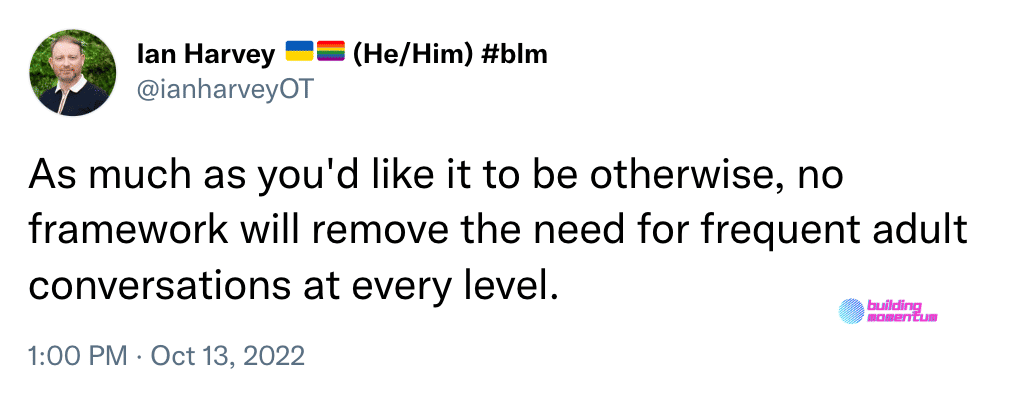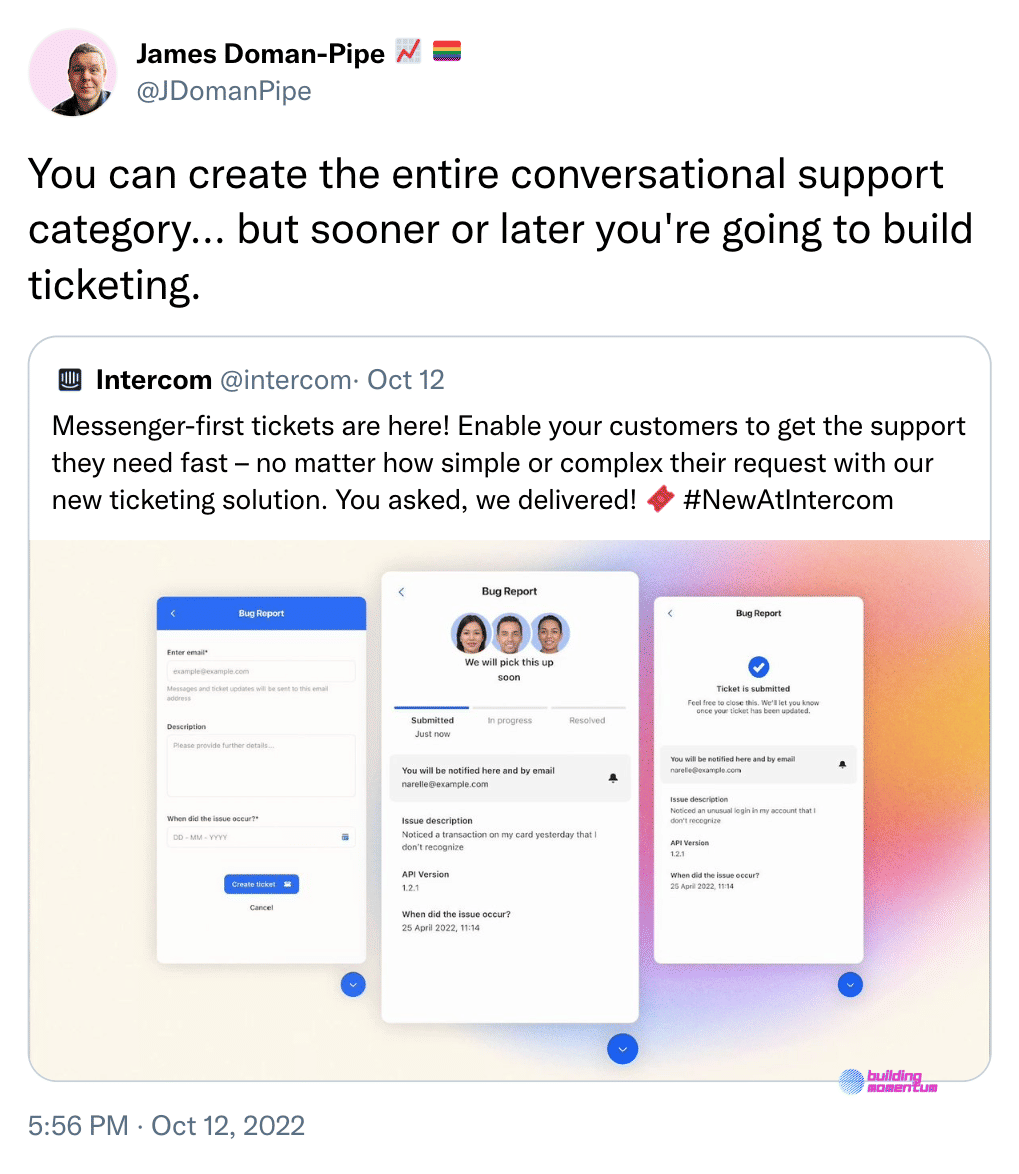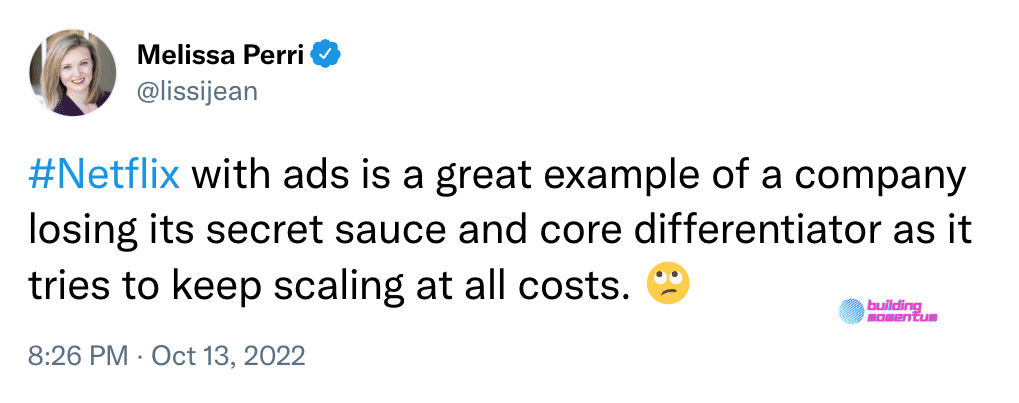Hey there. This is The Overview, a weekly roundup of noteworthy B2B SaaS stuff. You’ll find interesting thoughts, articles, and more from around the internet.
SPONSORED
How to use social proof to win customers

In my latest Vouch video, I reveal the types of social proof your business needs – and how your marketing and sales team should be using them.
Vouch is the easiest way to collect engaging video testimonials. Simply add your questions, share the link, and start capturing social proof at scale.
In this post:
You still need to talk it through

Throughout all of the frameworks, templates, and tips that I share, and the concepts that Alicia and I teach in our WTF is Go-To-Market? course – we make it clear that any framework and concept is a starting point for discussion.
However great the framework is, it won’t give you the answer. They help you have structured conversations. Here are some starting points:
- What are we trying to achieve?
- Is this framework an appropriate way to get there?
- What are the inputs to this – are they right for us?
- Let’s examine the output – in what way are these good and not right for us?
- Is there anything we’d change?
- How should we move forward?
The fun nature of paradigms

Intercom created the conversational support category as an antidote to the treat-customers-like-a-ticket mindset of Zendesk and other customer support tools. Conversational support existed in the paradigm of customer support. The rules and requirements of customer support were set.
And once you plateau out on early innovators and early majority adopters, you’ll start looking at how to win the late majority. That means embracing the dominant paradigm – making potential customers feel comfortable with your approach.
So you water down your approach, ship some previously-unthinkable product features, and try to tame both audiences. “New and improved!” to the first half of the bell curve, those looking for innovation. “What you already know, just more modern!” to the second half.
But trying to be something for everyone doesn’t work, and neither approach works, and the gap between the market requirements and the market offering widens.
This is the sweet spot for new startups – identifying underserved needs in existing paradigms. And on the cycle restarts.
Growth kills differentiation

In a similar vein as above, Netflix launching reduced-cost ad-supported plans may kill one of its core differentiators. The pursuit of growth eventually means a simple value proposition is best: being the cheapest, or being everywhere.
Swipe File: Hypergrowth eBook on customer feedback
???? When you become a free Building Momentum subscriber, you get access to my exclusive product marketing swipe file! Click here to find out more.

You can read the Hypergrowth ebook provided by Drift, and it contains one of my favorite perspectives on how to interpret customer feedback:
…customers could be asking, “Hey, can you guys integrate with Trello?” or “Can I integrate this part of your app with Trello?” Once again, the important part to focus on here is not the Trello part, it’s the “Can you …?” or “Can I …?” And what that tells you is that you have some level of product marketing issue.
Because if you can integrate with Trello, the fact they’re asking you that and that they don’t know means that they weren’t educated properly along some part of the sign-up or getting-started path. (It could’ve been a features page on the website where it wasn’t clear, or it could be that you need to do a better job of calling it out inside of the product.)
Thanks for reading! Let me know what you thought – find me on Twitter and LinkedIn.
P.S. If you’ve found value in Building Momentum, could you buy me a coffee? Here’s my tip jar – any support is gratefully appreciated!
P.P.S: If you enjoyed this post, will you share Building Momentum with your network?




